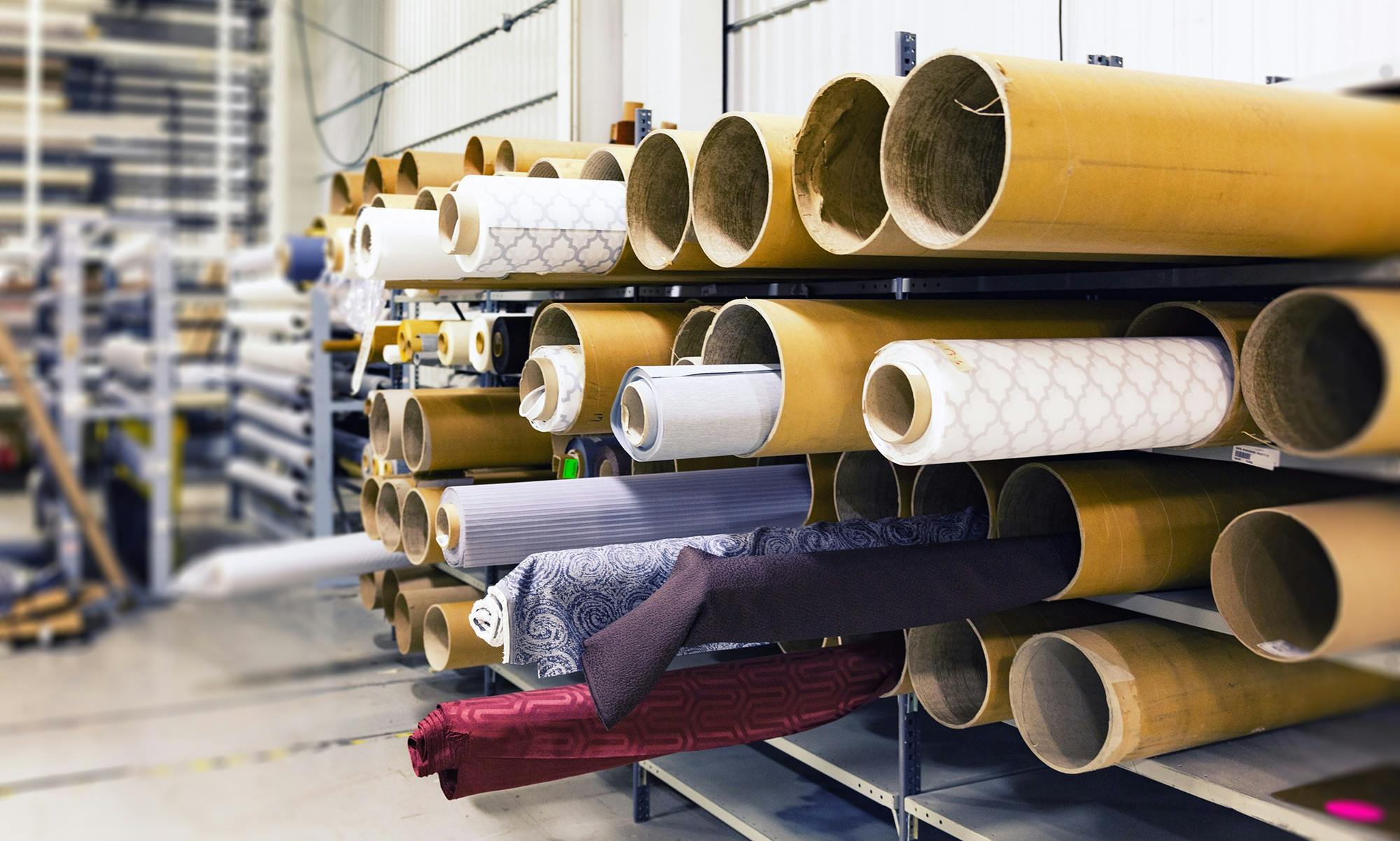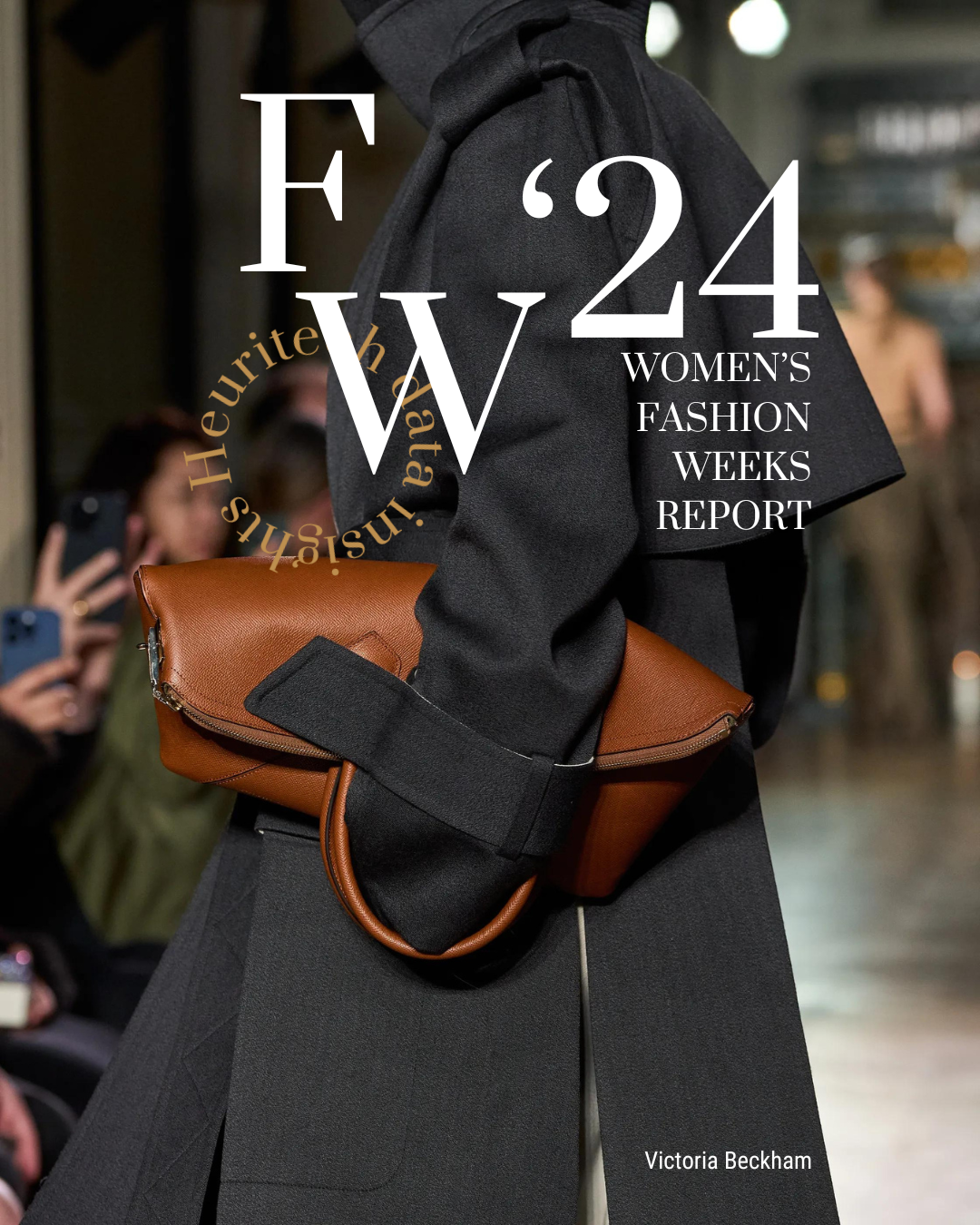We get it, at the fast pace technology is advancing, it is understandable to feel a little wary of how it may be overpowering society, especially in processes such as fashion design that were previously constructed entirely by the human brain. Nevertheless, what would happen if we changed our perceptions and recognized technological innovations as tools designed to enhance and facilitate our work? By performing laborious tasks, and at times going beyond human capabilities, innovations allow us to focus on the more essential parts of our jobs. And for fashion designers, that part should be creativity.
Can human creativity stand alone in a fashion brand?
Since its beginning, fashion design has been a fundamentally art-based business that will always require creative direction. To this day, many brands base their creative process focusing on designer-driven “gut feel”, customer feedback and past sales history over data-driven decision making. Although this model may work for some, is it enough to match the speed at which consumer expectations evolve?
Technological disruptions and fast-changing consumer behaviors are continuously reshaping the traditional fashion industry, leaving established brands battling to adapt and avoid falling behind digitally savvy newcomers.
McKinsey unfolds in a recent report how top players in the industry start using data analytics at the beginning stages of production, as early as in developing concepts and planning collections — at the heart of the creative process. On the other hand, underperforming competitors tap the technology much later, missing the opportunity to incorporate solutions that would enrich the creative process.
While fashion design is an inherently creative industry, data analytics is crucial to modernize and remain relevant in today’s challenging and rapidly changing fashion climate. Therefore, to keep up, fashion brands must embrace new solutions. While existing design processes are essential, they are no longer sufficient.
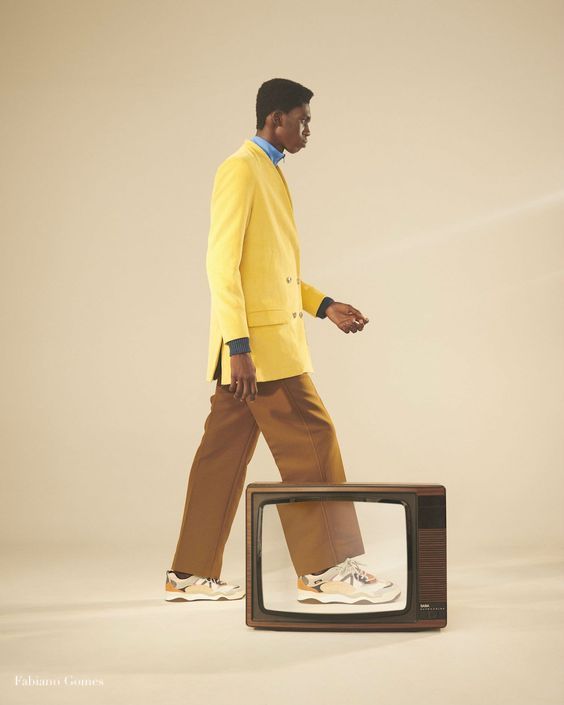
Without adapted data solutions, brands risk:
- Losing their community caused by an insufficient familiarity with their audiences
- Lagging behind emerging trends
- Producing overstock due to a lack of awareness of consumers’ needs
On the other hand, ignoring the advantages of creativity can also be detrimental for brands.
Relying too heavily on data and innovation: the downsides
Undoubtedly, in fashion, digital transformation promises new solutions and opportunities for growth. The proof is present: plenty of large-scale fashion businesses have risen without roots in genuine creative output. This is because now, some brands are driven less by high design and more by the market itself. Some luxury brands with long-established craftsmanship values have even shifted the focus of their high-fashion exclusive design to hastily-produced trends to target a more mainstream audience.

While this approach makes sense — there is profit to be made in following the market purely through data analytics and other technological innovations — it remains incomplete. Adapting to digital innovations should not result in reducing creativity. In fact, if brands rely too heavily on market data, they risk losing their creative foundation, one that not only differentiates them from other competitors but constructs their image in the market and consumers’ minds.
In an effort to keep up with fast-fashion giants, brands sometimes seek to produce collections faster than ever, potentially renouncing their brand identity. Some rely on data but with insufficient time to convert them to relevant tailored insights, this prevents a proper balance between consumers’ needs and brand DNA, which can only be attained by creativity.
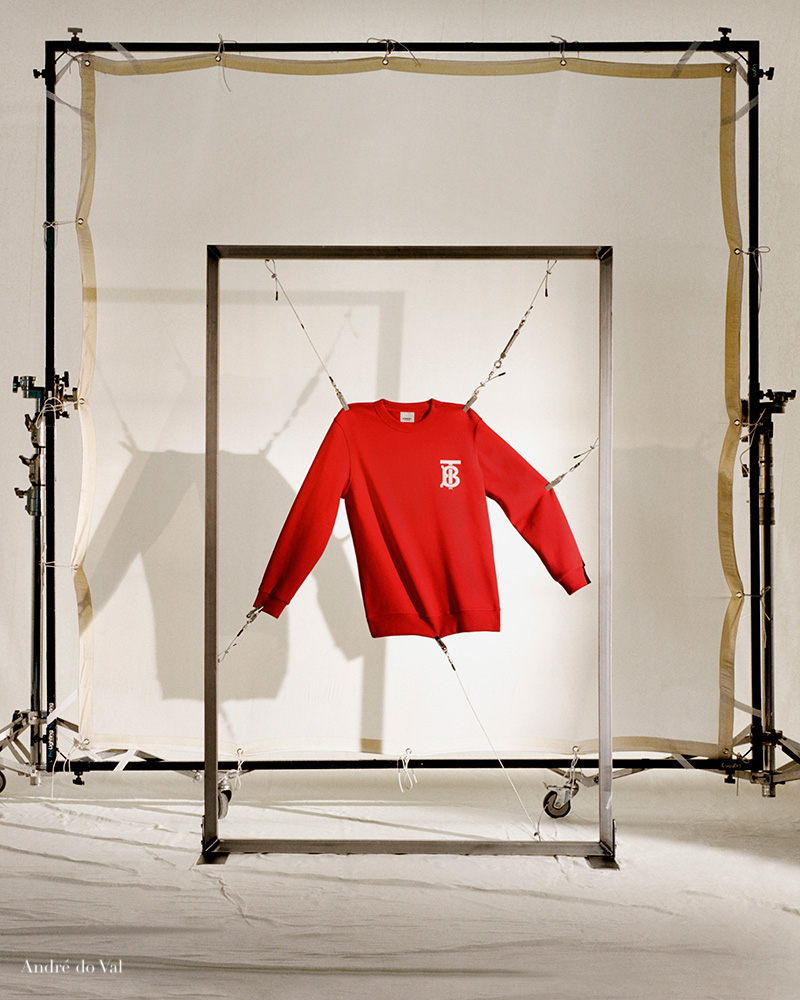
So, how can brands approach the increasingly data-driven fashion industry without losing their creative foundation? By blending both to establish the right balance between them.
Together, creativity and data innovation can create a perfect brand
Creative practices have undergone a dramatic transformation, hit by a tidal wave of digital disruption. However, leaning too heavily on data, and lagging on creativity, also has its downsides. It is thus essential to embrace digital innovations without diluting the brand’s DNA, and this can only be achieved by including them at the early stages of the creative process.
In order to achieve the right balance between creativity and data, it’s important for designers and associated teams to understand how to combine their capabilities with digital ones. This marriage is essential for more rational, precise decision-making during the design process.
With a data-driven approach to creativity, designers have access to insights to:
- Better understand the market, anticipate consumer expectations and identify trends that adhere to the brand image.
- Predict the rise and decline of future trends for better timing decision-making.
- Validate their intuition with quantitative data for a more efficient collection planning and demand assortment.
- Identify opportunities and weaknesses in their collections.

Additionally, creatives can also benefit from analytics to overcome one of the main challenges for globally distributed brands: building an assortment based on seasonality depending on geographical location. Consumer needs differ according to season, weather, location and even social climate. As a result, when retailers expand globally, seasonality becomes increasingly challenging across different markets.
Designers can use data to understand customer preferences in foreign territories, monitor the seasonality of trends, and build a competitive assortment to cater to localized trends.
Furthermore, data can act as a bridge of communication between creatives and businesspeople, breaking boundaries between them and propelling creativity and experimentation.
For example, a designer wants to base his new collection with a newfound textile, and unfortunately, the material exceeds the average production cost. How would the designer justify their intuition and demonstrate that the garment will succeed with an increased investment return? By showing quantitative data that back up intuitions of how the trend would succeed in the market, it becomes easier for the business people to accept and execute ideas, consequently allowing creatives to experiment without taking a monetary and wasteful risk.
Heuritech’s technology, for instance, allows designers to achieve the right balance between creativity and data. The AI trend forecasting provides designers with valuable insights into the market as it unfolds, boosting creativity and allowing them to experiment with a clear and accurate understanding of their audience’s needs.
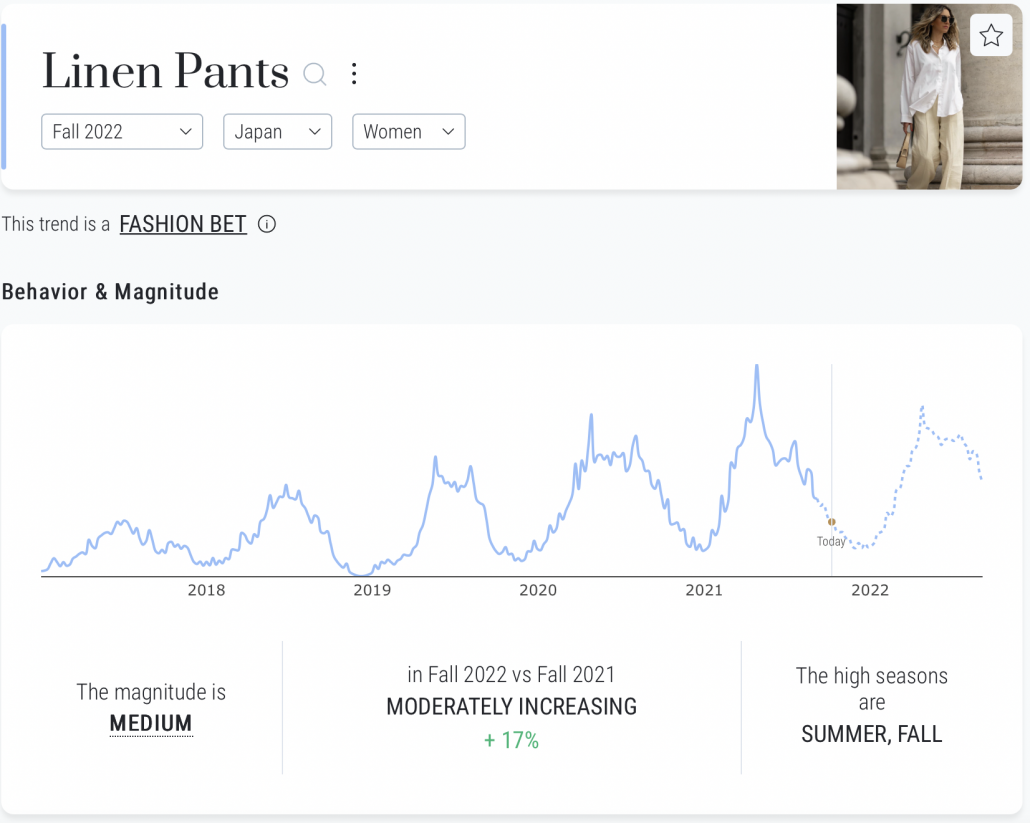
As the boundaries of real and digital become more fluid, human practices are inevitably merging with technology innovations. Processes that used to be solely dependent on a human touch will become a blend of both, resulting in a fundamental improvement of the industry, allowing brands to thrive in the rapidly changing and challenging retail environment.
With the help of data analytics, creativity is nurtured and not deterred. Creatives shouldn’t fear the digital transformation of the fashion industry but instead, look for ways to take advantage of it to become even better at what they do. It has been proven before that creativity and data can successfully co-exist; even more, they enrich each other.



